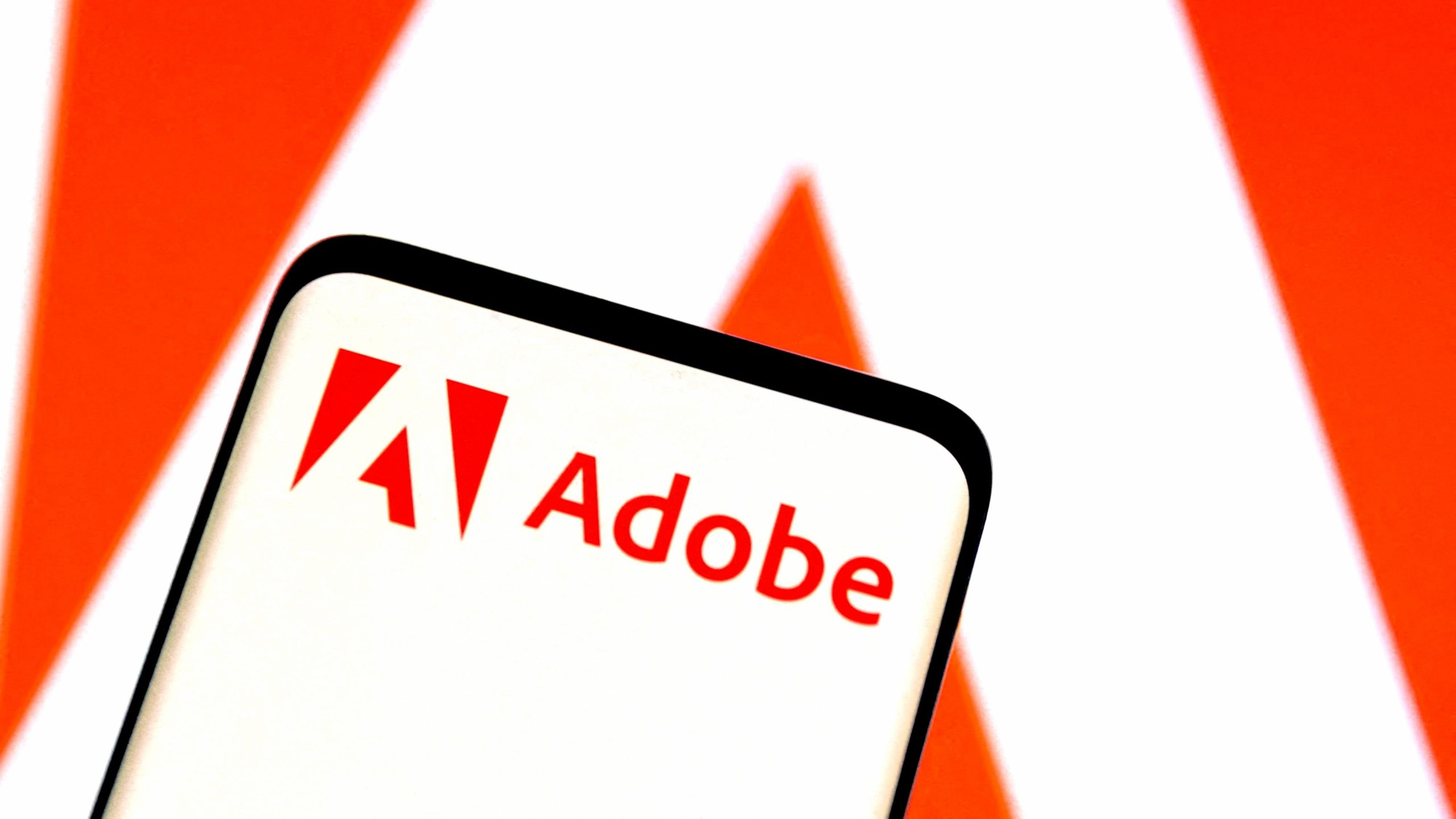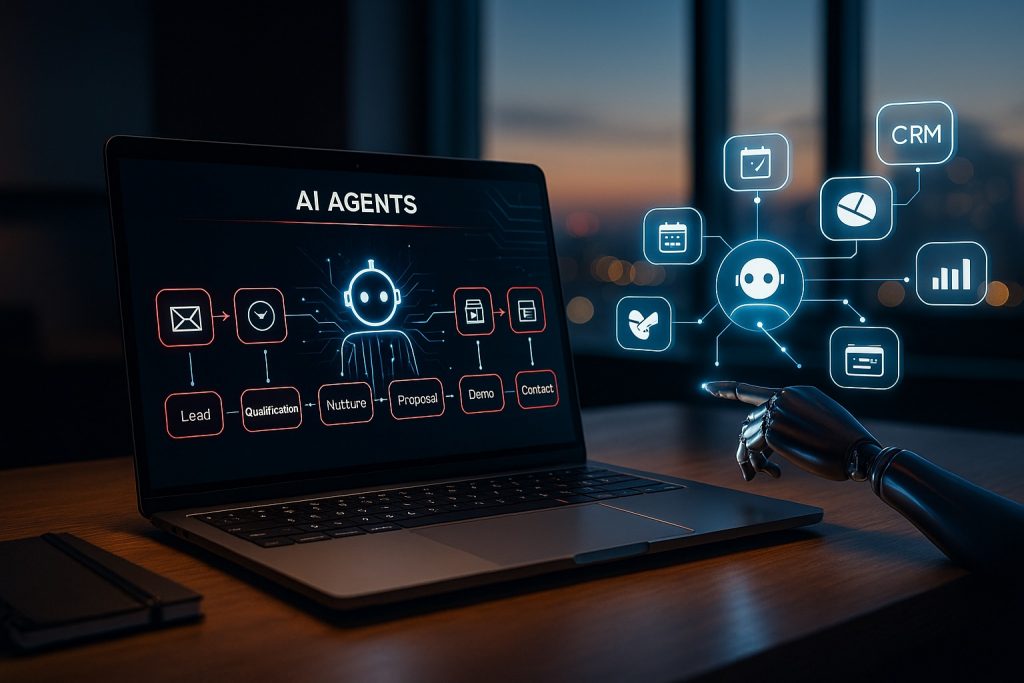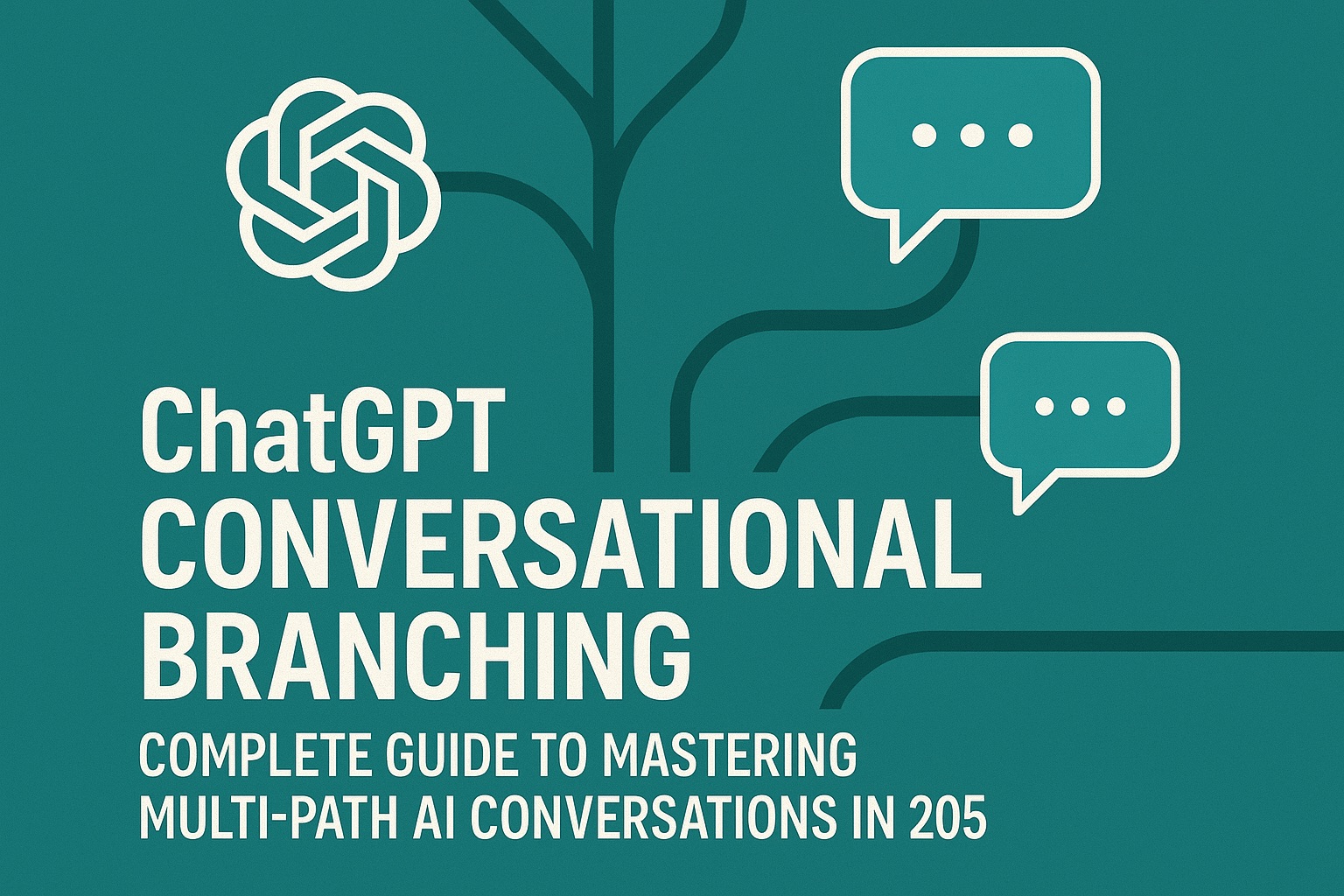Adobe unveiled a collection of artificial intelligence agents Tuesday engineered specifically for business-to-business marketing operations, representing the company’s latest expansion into agentic AI as enterprises seek to automate intricate sales cycles and enhance customer engagement.
The B2B-focused agents, powered by Adobe Experience Platform Agent Orchestrator, are now available in Adobe Journey Optimizer B2B Edition and Customer Journey Analytics B2B Edition. This launch addresses distinctive B2B marketing challenges where purchasing decisions typically involve multiple stakeholders and extended evaluation periods.

Specialized Agents Target Enterprise Sales Complexity
The initial release comprises three purpose-built agents designed to streamline different facets of B2B marketing operations. Audience Agent examines both structured and unstructured data from customer relationship management platforms, marketing activities, and web content to identify key decision-makers within purchasing committees. This capability helps marketers construct targeted audience segments and recommend buying group members based on proprietary data.
Journey Agent automates the creation and optimization of multichannel customer pathways across email, web platforms, and mobile channels, while Data Insights Agent delivers conversational analytics enabling marketing, sales, and product teams to visualize and forecast customer experience improvement initiatives.
Cisco Systems joined as an early technology adopter. “Adobe’s AI agents will be another breakthrough for our organization,” said Brett Raffuse, Cisco’s Vice President of Demand Marketing. “By reducing the time required to identify key decision-makers and orchestrate compelling cross-channel journeys, we can increase account engagement and accelerate deal closure.”
Building on Established AI Foundation
The B2B agent launch extends Adobe’s broader agentic AI strategy that began with Adobe Experience Platform Agent Orchestrator’s introduction in March 2025. Over 70% of eligible Adobe Experience Platform customers already utilize the company’s AI Assistant, which serves as the conversational interface for interacting with various agents.
Adobe frames this expansion as part of long-term efforts integrating generative and agentic AI throughout its enterprise software portfolio. The company plans to deploy additional agents in coming weeks, including an Account Qualification Agent that will help business development representatives evaluate prospect needs, budget, authority, and timeline considerations.
A Brand Concierge agent is also under development, designed to deliver personalized product discovery experiences through text, voice, and visual interactions, allowing prospects to directly schedule meetings with sales representatives.

Addressing Multi-Stakeholder Decision Dynamics
These agents represent Adobe’s strategic response to B2B sales complexity, where Forrester research shows an average of 13 people within organizations participate in purchasing decisions. By automating critical aspects of audience identification, customer journey orchestration, and data analysis, Adobe aims to help marketing teams navigate these multi-stakeholder environments more effectively while maintaining human oversight throughout the process.
How This Changes B2B Marketing Operations:
The practical implications extend beyond simple automation. Traditional B2B marketing requires manual identification of buying committee members—researching LinkedIn profiles, tracking website behavior, analyzing email engagement, and piecing together organizational hierarchies. Audience Agent consolidates this detective work into automated processes that continuously update as organizational dynamics shift.
Journey Agent’s multichannel orchestration addresses another persistent challenge: maintaining consistent messaging across fragmented customer touchpoints. B2B buyers interact with brands through numerous channels before making decisions, and coordinating coherent narratives across email campaigns, web experiences, and mobile interactions typically demands extensive manual coordination. Automated journey creation doesn’t eliminate strategic thinking requirements, but it removes execution bottlenecks that slow campaign deployment.
Data Insights Agent’s conversational analytics interface matters because traditional business intelligence tools require technical expertise many marketers lack. SQL queries, dashboard configuration, and data visualization demand skills outside core marketing competencies. Natural language queries democratize data access, letting marketers ask questions and receive answers without technical intermediaries.
Enterprise Adoption Considerations:
Organizations evaluating these agents should recognize they’re not turnkey solutions. Effective deployment requires clean, integrated data across systems—CRM platforms, marketing automation tools, web analytics, and content repositories all need to feed the Adobe Experience Platform. Companies with fragmented data landscapes face substantial integration work before agents deliver promised value.
The 70% adoption rate for Adobe’s AI Assistant among eligible customers signals strong interest in conversational AI interfaces, though “eligible” qualifies that statistic in ways the announcement doesn’t detail. Organizations must meet specific platform requirements and likely invest in data quality improvements before accessing agent capabilities.
Cisco’s endorsement carries weight given the company’s scale and sophisticated marketing operations, but early adopter success doesn’t guarantee universal applicability. Cisco presumably invested significant resources in implementation, data preparation, and process redesign—commitments smaller organizations may struggle to match.
The roadmap mentioning Account Qualification Agent and Brand Concierge indicates Adobe sees this as an expanding platform rather than a static product release. Organizations adopting now become partners in an evolving capability set, which creates both opportunities and risks as new agents introduce additional functionality requiring integration into existing workflows.
Adobe’s B2B agent strategy positions the company directly against Salesforce, HubSpot, and other marketing platforms racing to embed AI throughout their products. Success depends not just on agent capabilities but on how seamlessly they integrate with existing Adobe tools and third-party systems already embedded in customer environments.
The emphasis on maintaining “human oversight throughout the process” acknowledges legitimate concerns about fully autonomous marketing systems. While automation handles routine tasks, strategic decisions about messaging, positioning, and customer relationship management still require human judgment informed by context AI agents can’t fully grasp. This hybrid approach likely represents the realistic middle ground between manual operations and fully autonomous marketing that enterprise risk tolerance can accommodate.




Post a comment